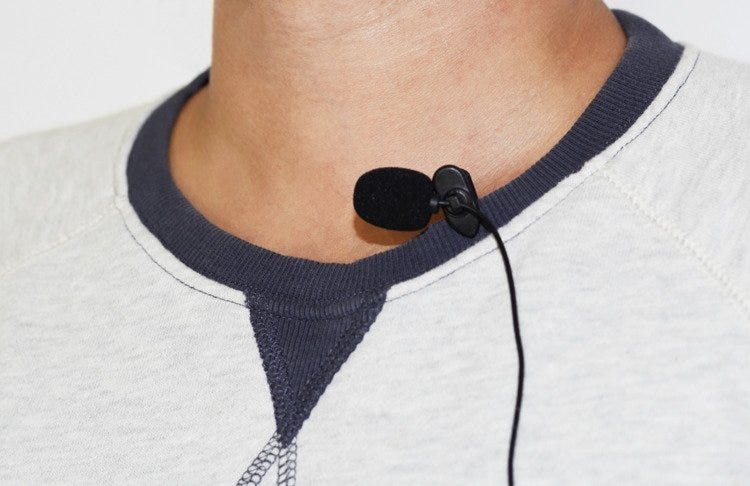⚡
To read this premium magic article, upgrade or start a free trial.
Even I feel a bit odd writing this… when all else fails, mic check.
Many years ago, we were shooting on location with a magician who had never performed on TV. About one minute into their performance to three contributors within a busier location, the magician dropped the gimmick onto the floor. They were seemingly unaware, and I instantly knew we could cut around it. The contributors didn’t seem to notice either. People rarely do notice much when they have multiple cameras on them, and the pressure is on to not look like a tit on national television. Nonetheless, the gimmick was necessary for the finale of the trick.


